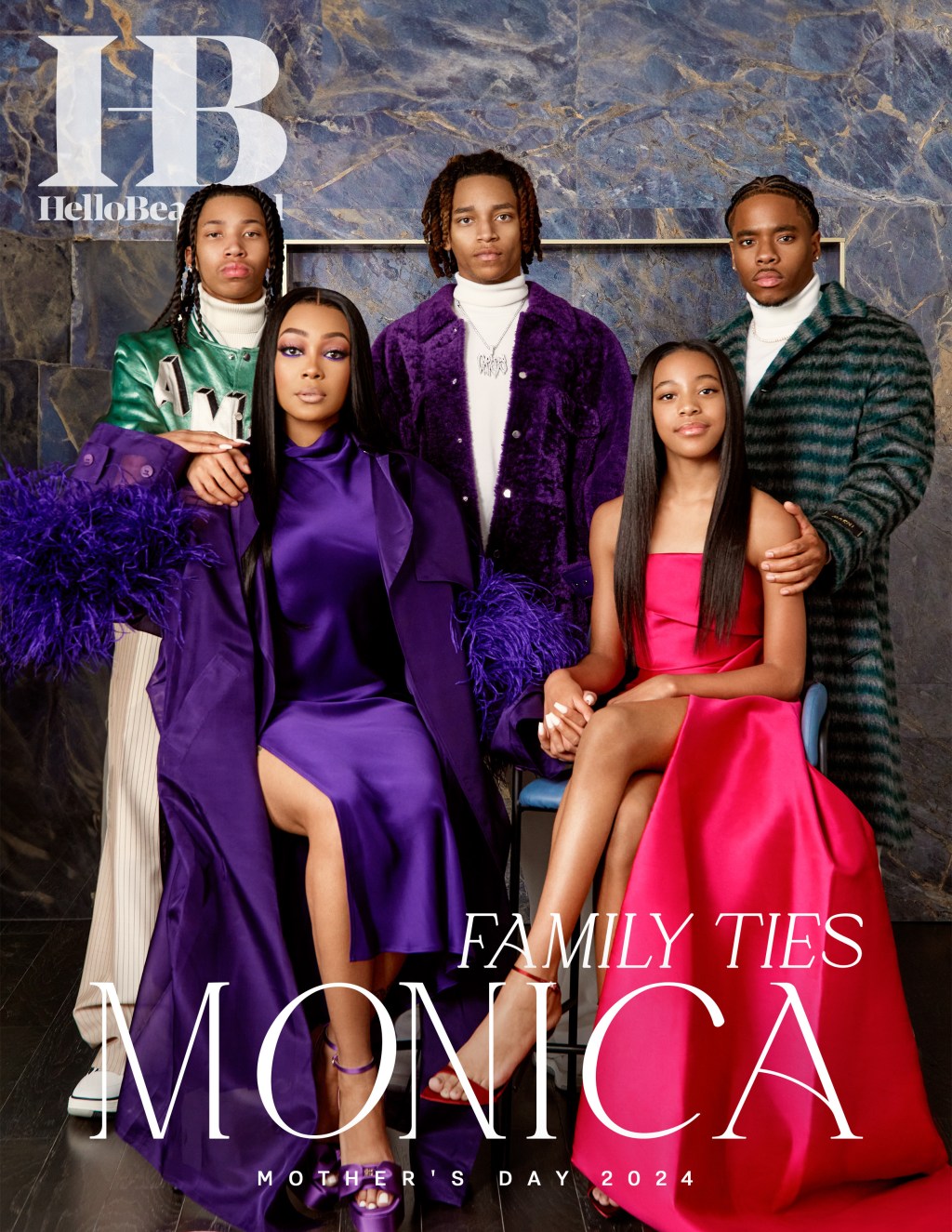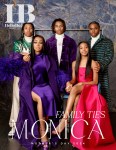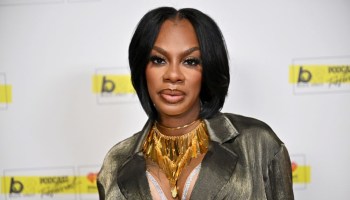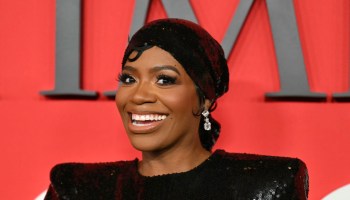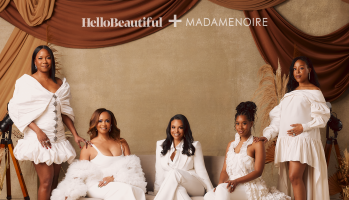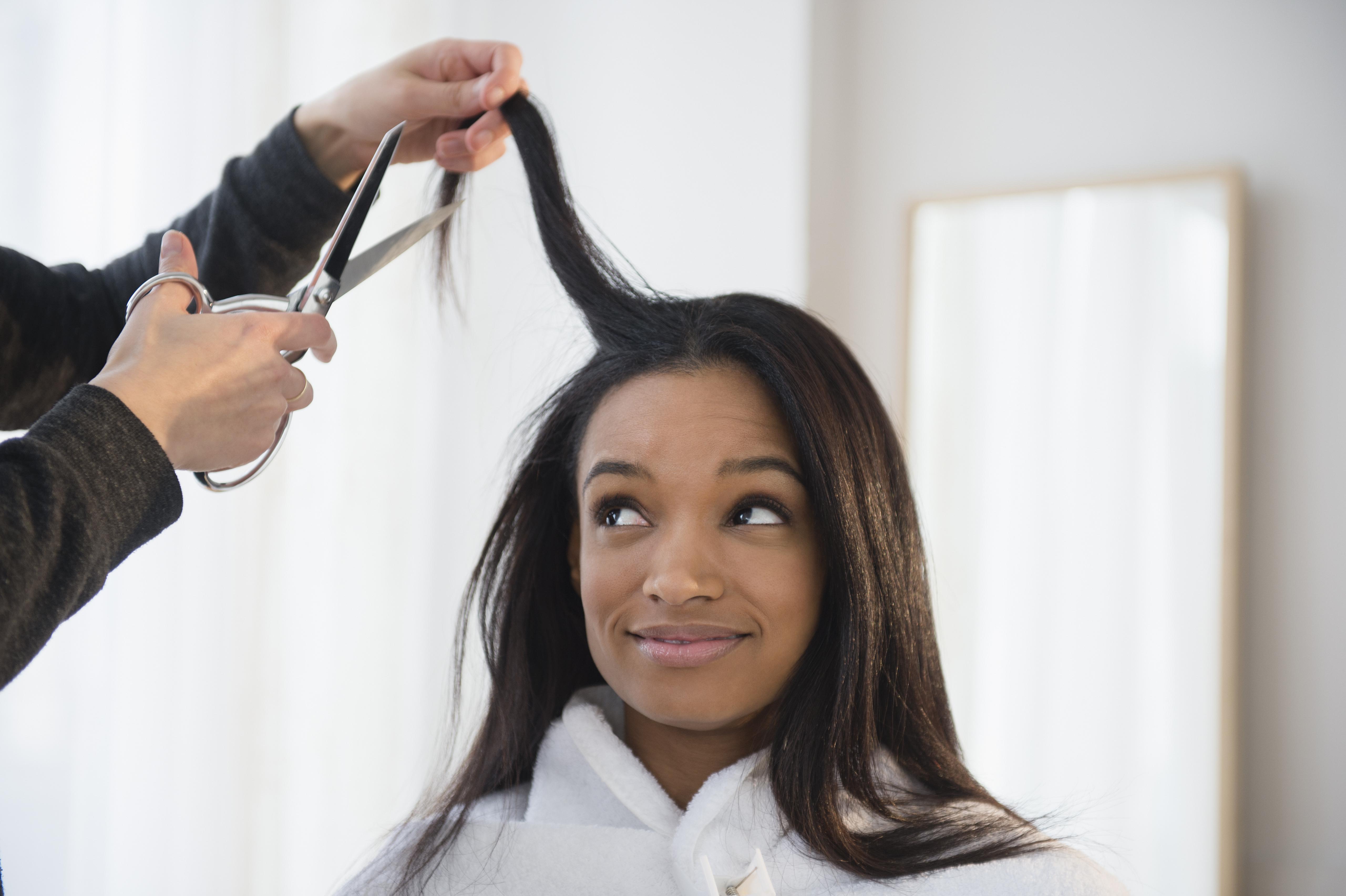
Source: JGI/Jamie Grill/Getty Images
Have you ever wondered if your weave hair really comes from India? Or Brazil? Or Mongolia? Or Peru? Well, sorry to break it to you, but most likely it does not. The human hair trade is a growing – and very lucrative – industry. With sales exceeding 12 billion dollars a year, customers should look out for scams and marketing ploys of every kind.
I am a known hair extension fanatic. I love my pure-virgin-remy-premium-raw-unprocessed human hair just like every other hairlista out there, but spending my hard-earned coins on bad quality hair one too many times has made me extremely skeptical of every YouTube guru, beauty supply store and wholesaler out there. As a result, I went on a quest to find out where this exotic hair really comes from. I sat down for an one-on-one interview with Los Angeles-based Indian hair importer and salesman Vince Selva to get the scoop on some of the biggest hair scams and how to look out for them.
MUST READ: WEAVE 101: A Bundle Of Beverly Johnson’s Legendary Wavy Hair Did All Of This…
Selva, who owns the Indo Asian Human Hair in Inglewood, Calif., has been in the industry for two nearly decades. Originally from South India, the 74-year-old began his career as an importer of wholesale raw hair. “I had a boat and so that’s how I started. But retail, I started about eight years back,” he shared. “It’s a boomin’ billion dollar industry but many, many scams.”
“The bigger conspirators are beauty supply stores. They bring Chinese hair. They call it Indian hair because it is an easier way to sell it,” he explained. “They have different names for it. Whenever they exhaust one name they tag on another name. So, at the moment they have Brazilian hair, they have Peruvian hair, Indonesian hair, they have Malaysian hair, Italian and French too. Customers think it’s a new product and so they are going to buy it and try it at least once.” He added that manufacturers loose 15-20 percent of each hair bundle during the wefting process, which is most commonly done in mainland China due to cheap labor. “They don’t waste anything; they find a way to use even the refused hair. They take refused hair and [hair lost from] shedding and mix it with Chinese hair,” he said.
What’s the likelihood that your Brazilian tresses actually came from the South American country? “It’s a very, very unlikely thing because I export to Brazil from India directly,” Selva said. “Why would Brazil buy hair from India? The only place in the world that has commercial quantities of hair is from one billion people in India, and they, as a ritual, donate it to the temple.” Hindu pilgrims have donated their hair in a ritual of purification for centuries. It’s a symbol of religious devotion and surrender of the ego…that has also turned into an extraordinary economic resource. “The temple realizes, ‘Oh, there is a lot of money in this,’ and they started doing contracts with people. It started way back,” Selva explained. “You bid, the companies with other bidders, and you get the contract for a year or a season. And then all the hair that comes to you in that time belongs to you.”
According to The Truth About the Human Hair Industry by Alix Moore, Brazilians do not sell their hair, nor do they cut it for profit or religion. “It would be impossible for enough hair to be cut in the Brazilian community in abundance to provide for the world. There are no large-scale Brazilian temples shaving hair,” she wrote. “There are some temples around the world that shave hair like the huge ones in India. Some of these countries are Indonesia, Bangladesh, etc. But volumes from these countries are small.” Moore is a self-proclaimed international human hair expert.
So how do you know if your luscious extensions are the real deal? Selva said initially it is very difficult to tell the difference between Chinese and Indian hair because manufacturers “put silicone and other things to make it very smooth.”
“From the wash you can tell. Chinese and the Korean manufacturers have different tricks up their sleeve. They put a coating over the hair so the hair doesn’t tangle in the first wash. As soon as you heat it that coating goes away and then it starts tangling,” he explained. “The Chinese makes sure that hair is sealed with chemicals so it’s fantastic when you pass your fingers through. But as soon as you wash or put any heat to it, it goes away. ”
Real Indian hair, he says, won’t tangle. “It can’t tangle because the cuticles are all in one direction,” he noted. “Hair that is raw, when you say raw hair, you cut it from the base of the scalp and bundle it up. That’s how it comes from the temple. That’s how we get it directly. In the warehouse we do a little bit of combing, we take out the short hair and wefted the rest of the hair. If you cut it and don’t turn directions — that’s why they put so many rubber bands so it won’t get twisted up. It has to be machined in the same way. If you changed directions it will tangle.”
MUST READ: 90s Star Recounts Horrific Weave Story That Left Her Scalp Oozing
Another big scheme comes from online stores, who often sell Chinese hair because it’s easily available. “Indians sell Chinese hair, too. They learned that it’s cheaper to have a website in Indian and sell the cheaper hair which they bought from the Chinese and export it back the United States. So people here think, ‘Oh that’s Indian hair because it’s from India. Not real,” Selva pointed out. “When you have a website you are anonymous, no one knows you so you start shipping and after time someone says that website is bad. So they shut it down and start another name and ship it again.”
After eight years of running his shop (he sells an average of 220 pounds of hair a month), Selva said his website is still a work in progress. “We are making a website but we have some problems with the pictures and textures,” he admitted. “If you have a picture with really good curls, it might be the only one we have in the showroom. It’s not humanly possible to match all the hair that we have by pictures. So there will be disclaimers saying you might not get the exact thing.”
“That’s a very difficult thing to do,” he continued. “Once you do that, people say ‘Well, why can’t we get what’s in the picture?’ I have no time to explain to them that Chinese hair comes permed so you can’t get exactly what you want every time. Straight hair is easy. But curls, they perm the hair. They will ask what type of curls.”
He went on to explain that most “curly virgin hair” is a myth. “I know because we use their permed hair for closures. They will ask, ‘Do you want a two centimeter curl or one centimeter?’ So every bundle of hair is exactly the same.” (If you are purchasing hair with defined, identical curls, like pictured below, know that it is permed and not virgin as advertised.)
Vince concluded our interview by saying the hardest part his job is getting high quality hair, which he sells anywhere between $39 and $200 an ounce. “When we exhaust the temple contract then we have to buy from the market and that’s that hardest part,” he said. “It is a yearly contract. You have to bid to renew the contract. When you bid there are competitors. Everyone wants to make money so anyone wants to put a gamble in.”
Share your thoughts with me on Twitter @MyeishaEssex.
RELATED STORIES
TRUE STORY: I’ve Embraced My Natural Hair After Wearing A Weave Since Jr. High
Weave 101: Wagman’s Perfectress Deep Curl Is Luxury In A Bundle [VIDEO]
Check Out This Gallery

